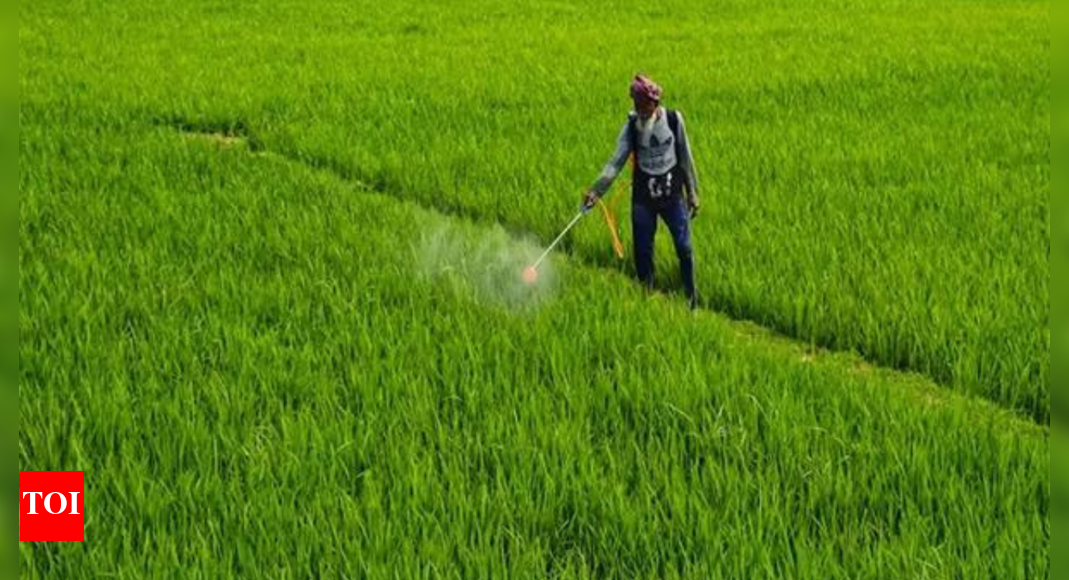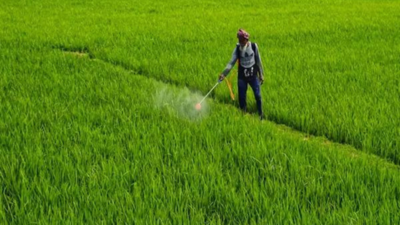India’s agrochemicals industry is forecast to grow to $14.5 billion by 2027-28, clocking a compound annual growth rate (CAGR) of 9 per cent, even as global headwinds persist, Rubix Data Sciences said in its latest outlook.The research firm pegs the current market size at $11.2 billion for 2024-25, up 8.7 per cent year-on-year despite a tough external environment marked by inventory destocking, aggressive Chinese price competition and muted demand in key export destinations.Agrochemical exports fell 22 per cent in FY 24 for the reasons above. Rubix, however, expects a “moderate recovery” in 2024-25 as global supply chains stabilise and Indian players leverage their cost competitiveness.Herbicides outpace other segmentsA standout trend is the surge in herbicide shipments, which logged a 20 per cent CAGR between FY 20 and FY 25, lifting their share of total agrochemical exports from 31 per cent to 37 per cent. Rising farm-labour costs worldwide and India’s ability to deliver affordable crop-protection solutions are driving demand.Japan has edged past Brazil as the second-largest buyer of Indian herbicides, while the United States and Brazil remain the top markets for insecticides and fungicides.‘Sector resilient, adapting fast’“The drop in agrochemical exports over the past year has definitely been a setback, but it’s also part of a larger global reset,” said Mohan Ramaswamy, co-founder and CEO, Rubix Data Sciences.“What we are seeing now is Indian manufacturers adapting fast, whether it’s by improving cost efficiency, diversifying portfolios, or tapping into new markets. The sector is resilient, and we believe the recovery under way will be steady and sustainable. At Rubix, we are committed to helping businesses make sense of these shifts through data-led insights that support smarter decisions and long-term growth,” he added.Rubix believes the combination of cost-competitive manufacturing, product diversification and new-market penetration will help the industry navigate global challenges and sustain momentum towards the $14.5-billion mark.

